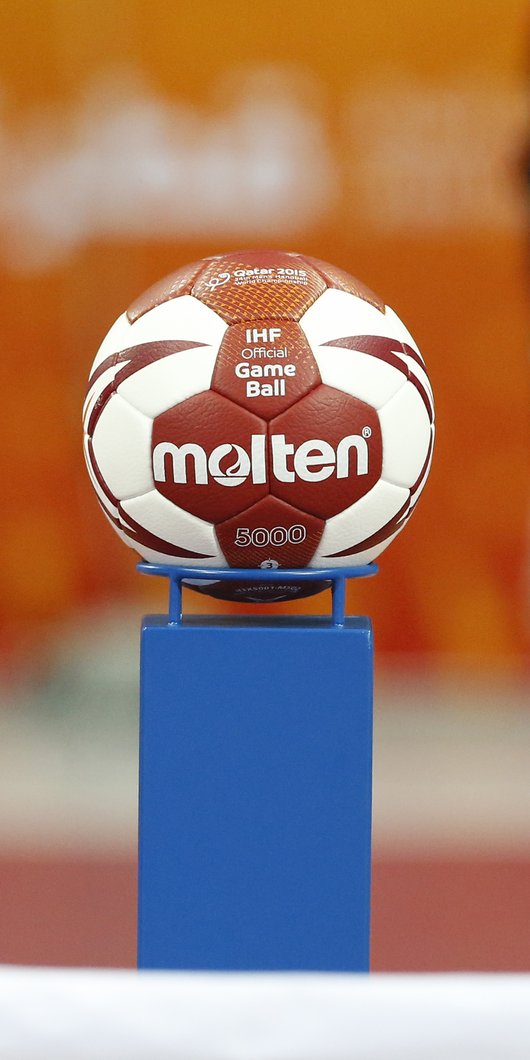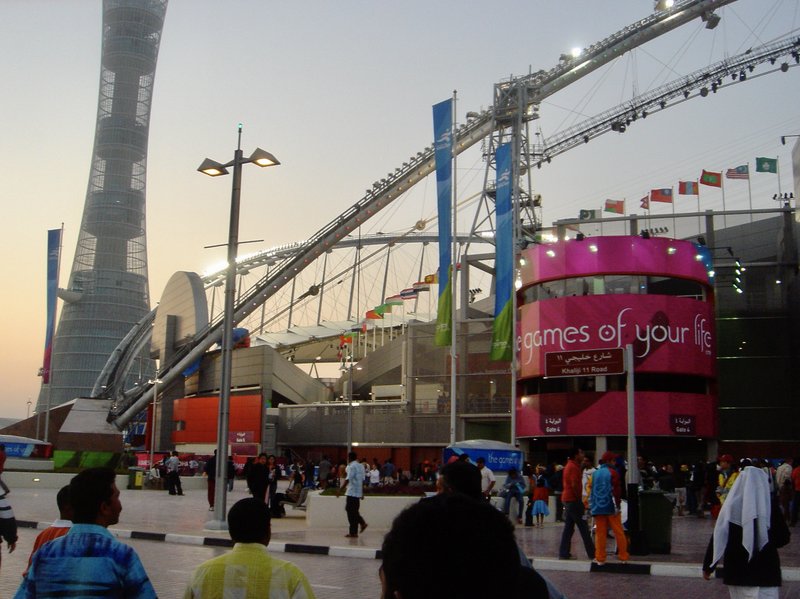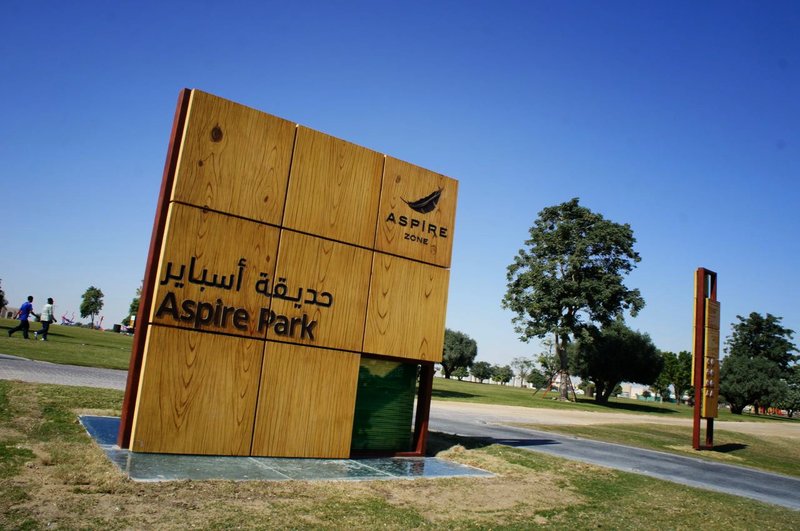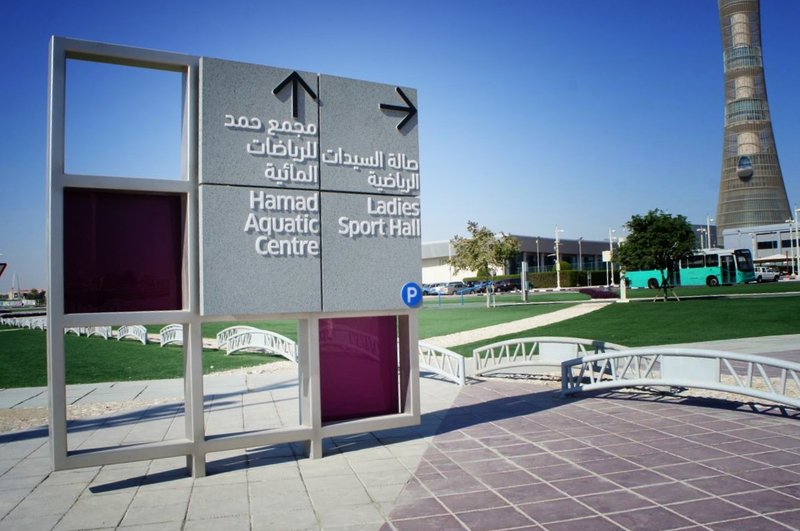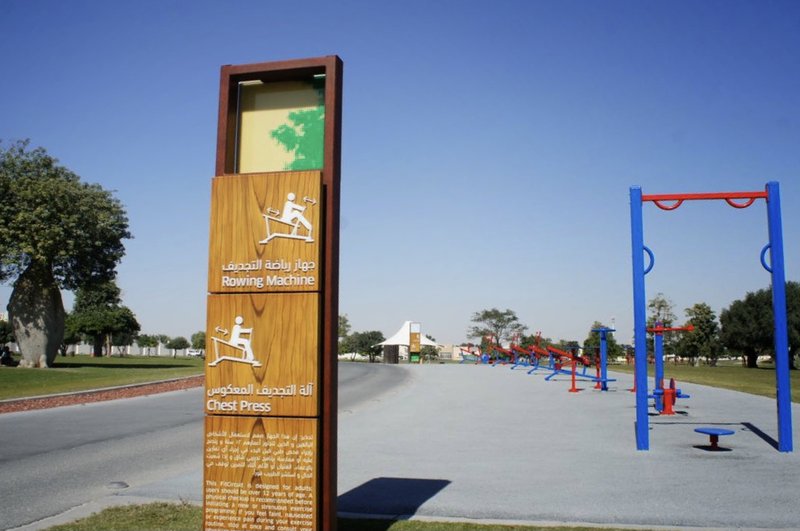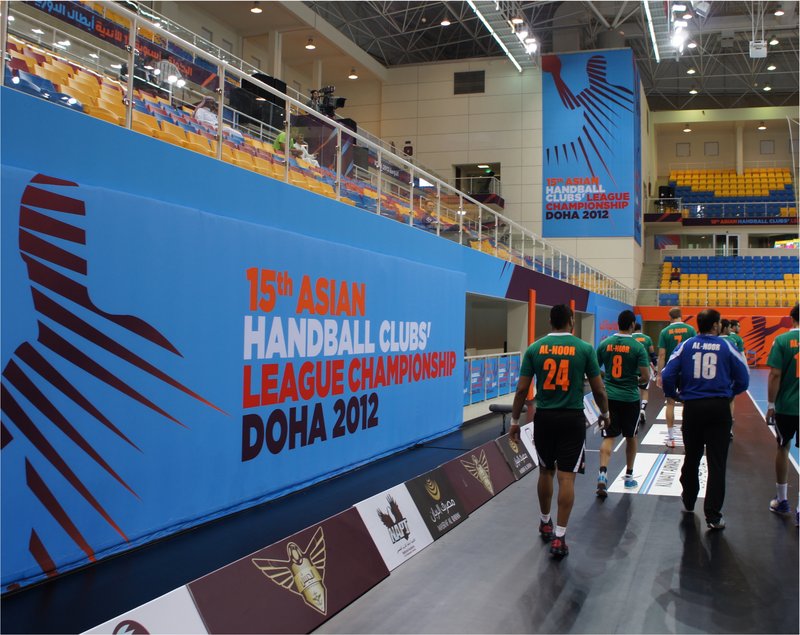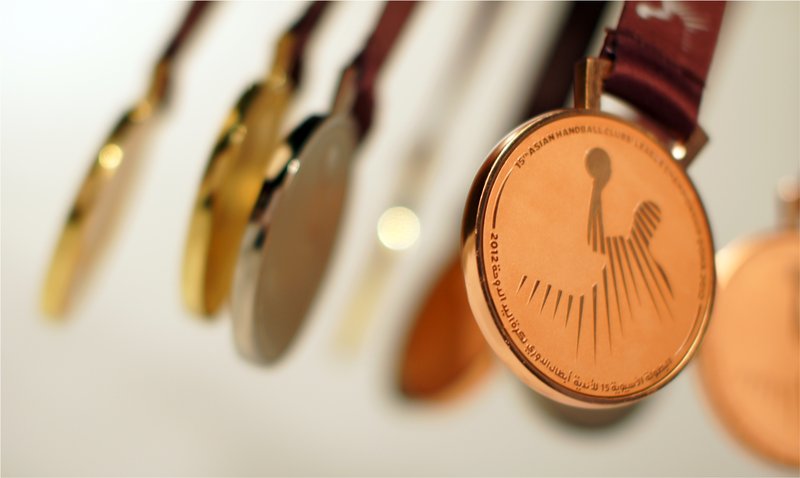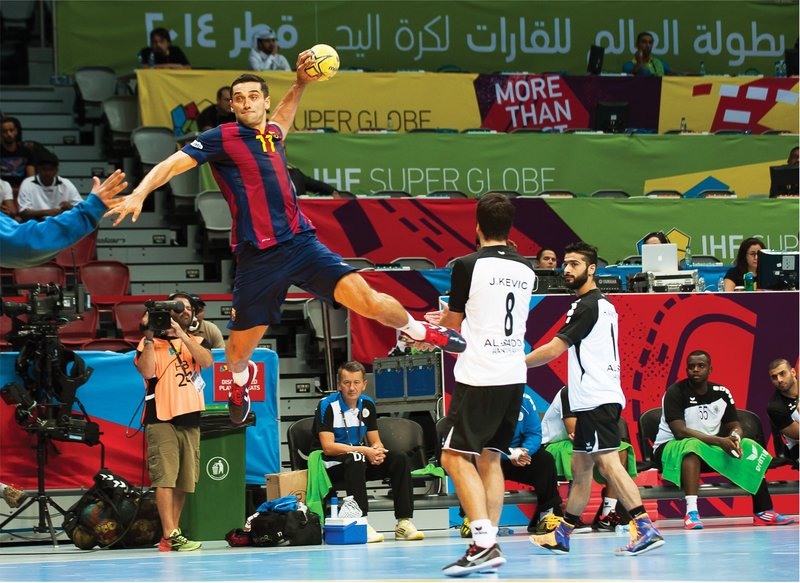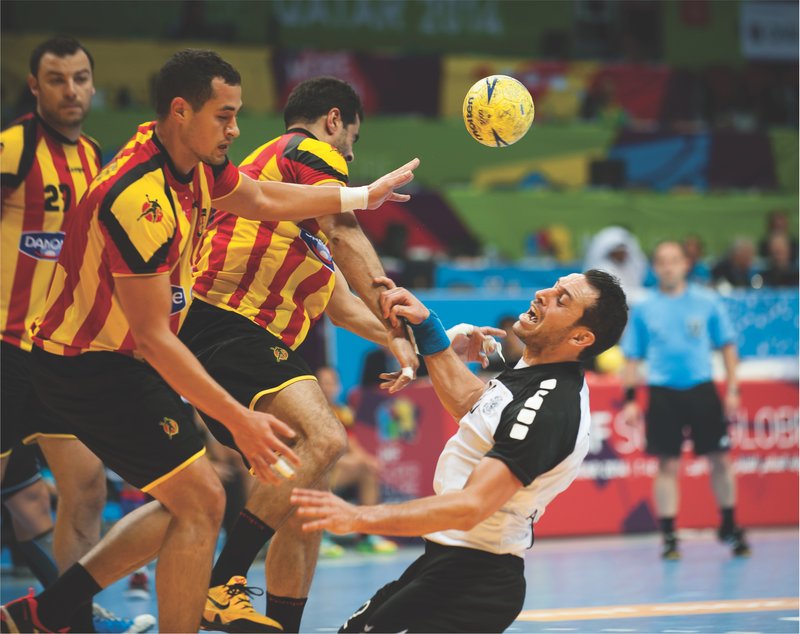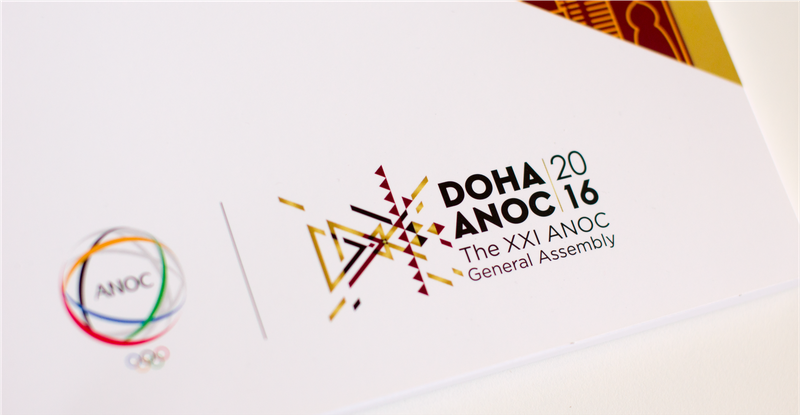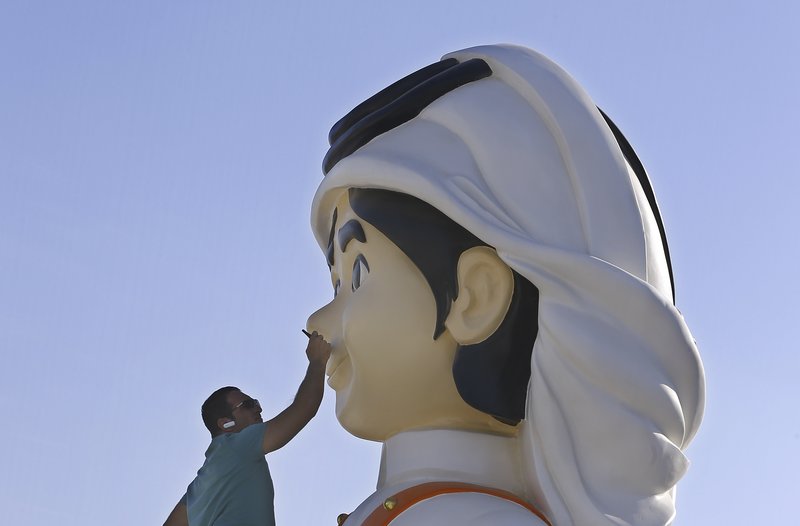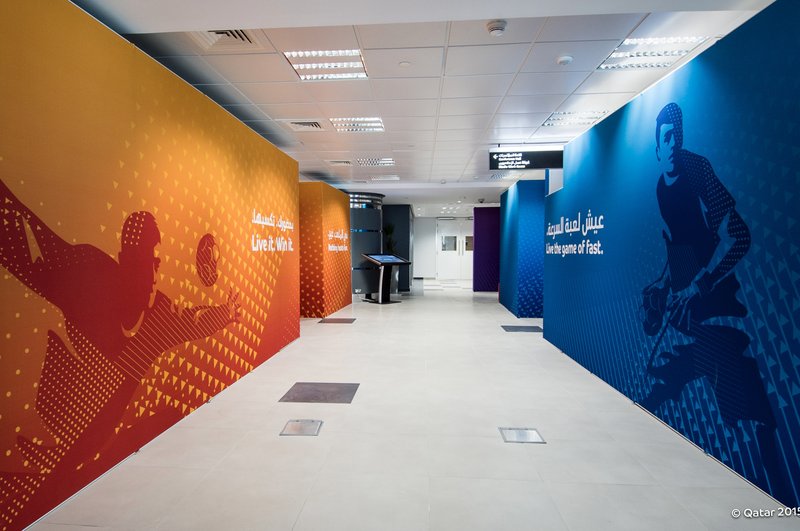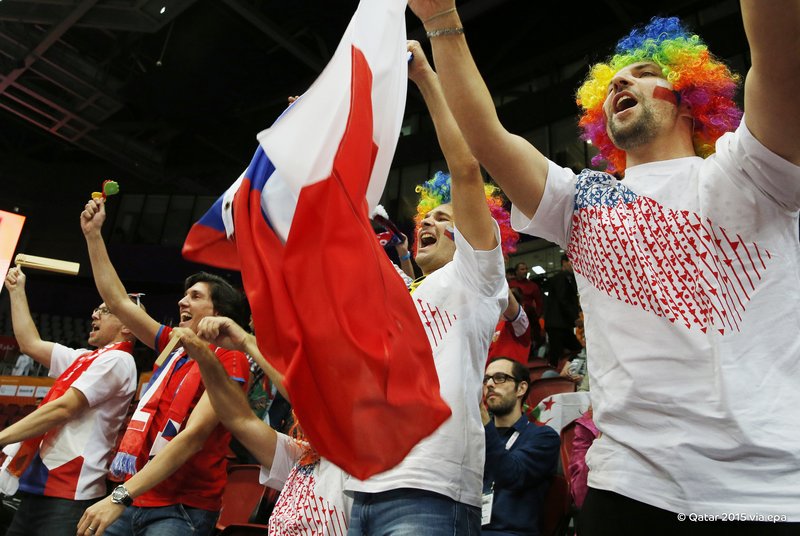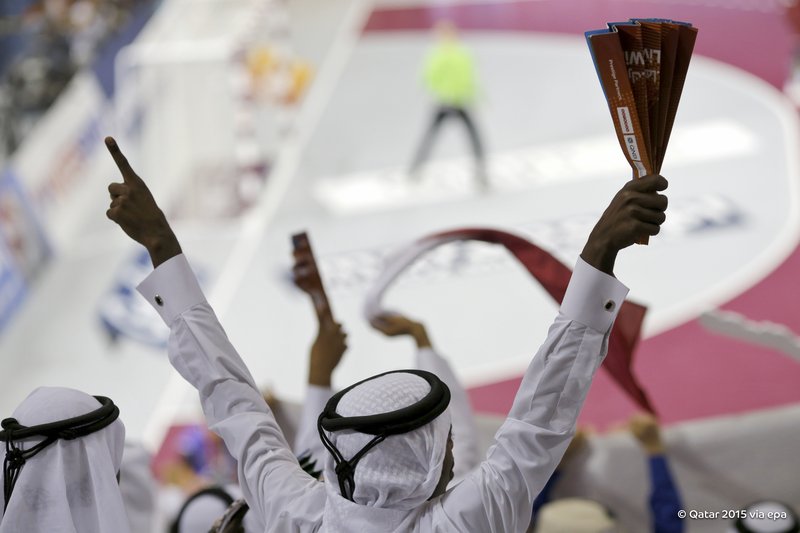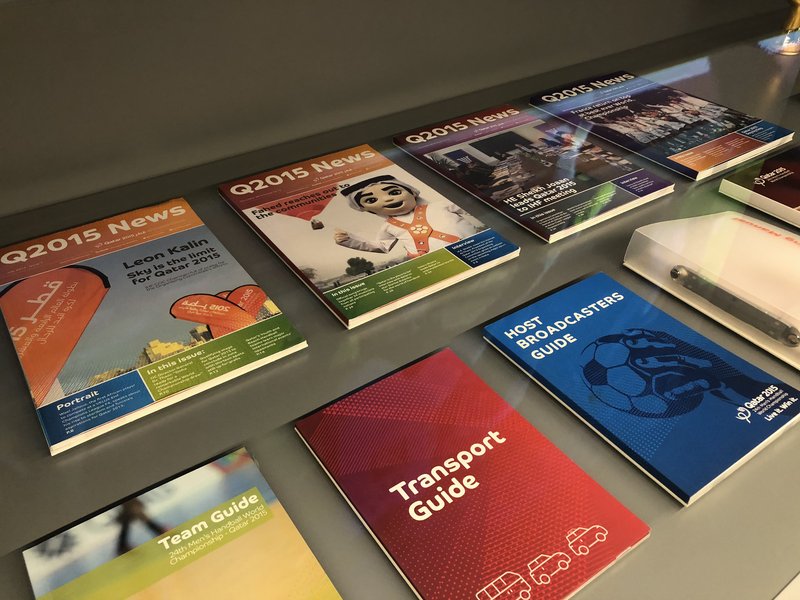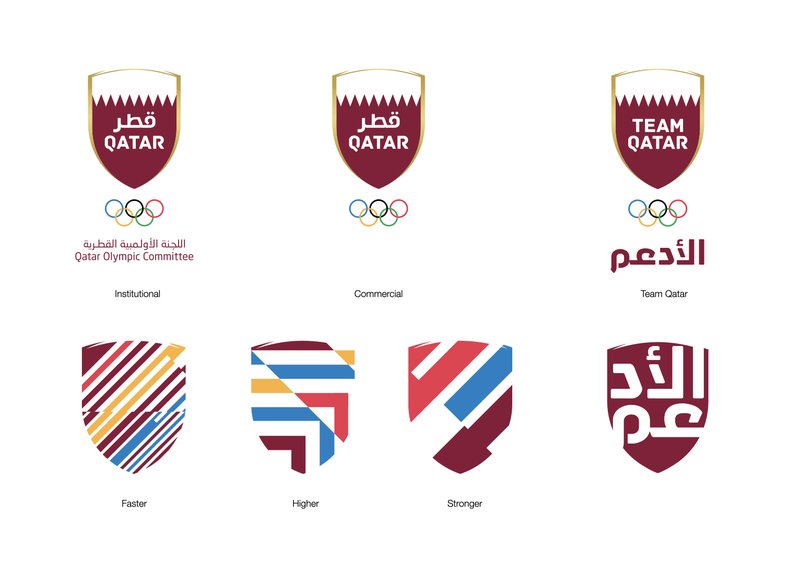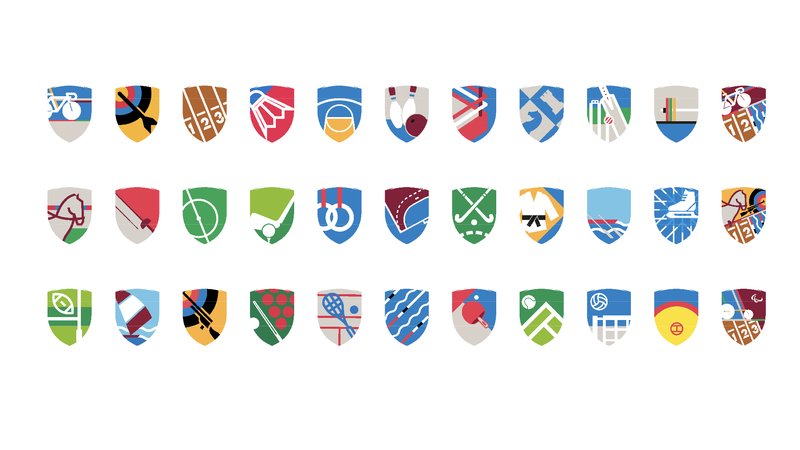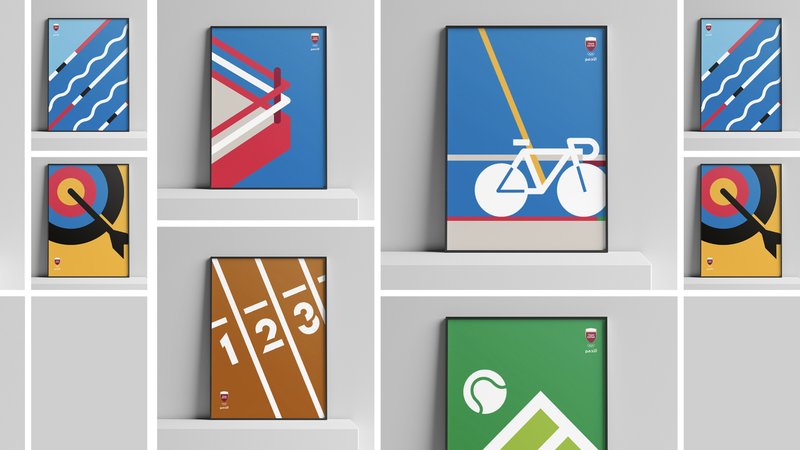24th Men’s Handball World Championship Qatar 2015
Qatar was awarded the 24th Men’s Handball World Championship which was an important validation of Qatar’s increasing status in the sporting realm.
The event presented the country with another significant opportunity to demonstrate its ability to deliver leading international sporting events ahead of its role to host the 2022 FIFA World Cup.
The task at hand for the tournament was to develop a brand language that was flexible, adaptive and easy to implement across all championship brand touch points.
This had to be distinctive from any past and current tournament, and needed to position the championship in the league of world-class events.
Handball is the second most watched sport in the Arab World and has a committed and passionate fan base in Northern Europe.This proved to be a definitive factor to consider in the work ahead.
Providing a platform for a colourful, engaging spectator experience; capturing the excitement, power and speed of the ‘back and forth game’; styling the current brand-mark to be flexible and applicable to all championship collateral, was key.
The approach to developing the brand language was to break down the nature of the handball game into three distinct characteristics.
The speed of the game, the fierceness of play, and the dynamism of its technique helped to create unique art patterns inspired by a deeper investigation of Sadu stitching and the Qatari flag.
These references were then adapted into a visual language supported by seven illustrated handball player poses.
The roll-out of the new brand language began in March 2014, using the core colours, orange and red, until a hundred days before the championship, which began on January 15, 2015.
Once the tournament had kicked off, the brand language took on more of a diversely colourful aspect, and this helped create further public anticipation.
The visual language was developed to be adapted with ease, and ‘forgiven’ when not applied with accuracy, and accordance to the guidelines.
A consistency across all touch points of the championship was maintained in venues, fan zones, uniforms, corporate and communication collateral, volunteers’ look and feel, country flags, livery and merchandise.
